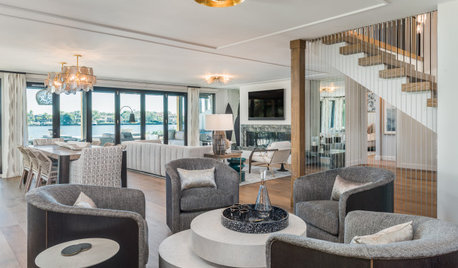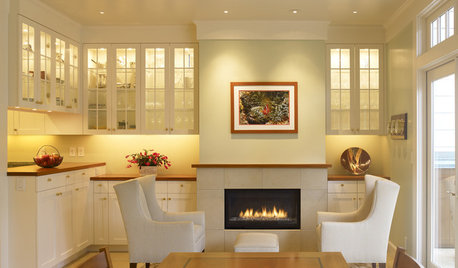colors for single conductor wires inside conduit
consed
last year
Featured Answer
Sort by:Oldest
Comments (11)
consed
last yearRelated Professionals
Hainesport General Contractors · Berkeley General Contractors · Country Walk General Contractors · De Luz General Contractors · Everett General Contractors · Irving General Contractors · Arlington Handyman · Elmwood Park Solar Energy Systems · Glen Ellyn Solar Energy Systems · Torrington Solar Energy Systems · Cutler Bay Home Automation & Home Media · Garden Grove Home Automation & Home Media · Kansas City Home Automation & Home Media · The Villages Home Automation & Home Media · Yeadon Home Automation & Home Mediaconsed
last yearmtvhike
last yearconsed
last yearmtvhike
last yearconsed
last yearmtvhike
last yearlast modified: last yearconsed
last yeardennisgli
last yearconsed
last year
Related Stories

ROOM OF THE DAYRoom of the Day: Color-Coded Bookcase Spiffs Up a Nashville Library
Starting from nothing, designer Hannah Crowell crafted an eclectic decor scheme that turns traditional style on its head
Full Story
LANDSCAPE DESIGNGreat Design Plant: Sun-Loving Bougainvillea Showers Yards With Color
Bring unbeatable vibrancy to a garden or wall with this unfussy and trainable shrub packed with colorful bracts
Full Story
DECORATING GUIDESHow to Create a Cohesive Color Flow Throughout Your Home
Designers share eight techniques for avoiding a choppy feeling in your spaces
Full Story
DECORATING GUIDESFrom Queasy Colors to Killer Tables: Your Worst Decorating Mistakes
Houzzers spill the beans about buying blunders, painting problems and DIY disasters
Full Story
ARTAn Insider’s Guide to Creating the Perfect Gallery Wall
Bring your room to life with these expert tips for grouping artwork and photographs
Full Story
MOST POPULARHeads-Up Hues: 10 Bold Ceiling Colors
Visually raise or lower a ceiling, or just add an eyeful of interest, with paint from splashy to soothing
Full Story
LIGHTINGHow to Choose the Right Color Temperature of LED Lightbulb
Should you get warm or cool bulbs? To find out, answer these 5 simple questions about how you live and work at home
Full Story
MOST POPULARCrowd-Pleasing Paint Colors for Staging Your Home
Ignore the instinct to go with white. These colors can show your house in the best possible light
Full Story
HOUZZ TV FAVORITESHouzz TV: A New England Farmhouse Explodes With Color
Creativity and color burst from every corner in this unique 18th-century Massachusetts home for an artist and her family
Full Story
KITCHEN DESIGNSo Over Stainless in the Kitchen? 14 Reasons to Give In to Color
Colorful kitchen appliances are popular again, and now you've got more choices than ever. Which would you choose?
Full Story









rwiegand